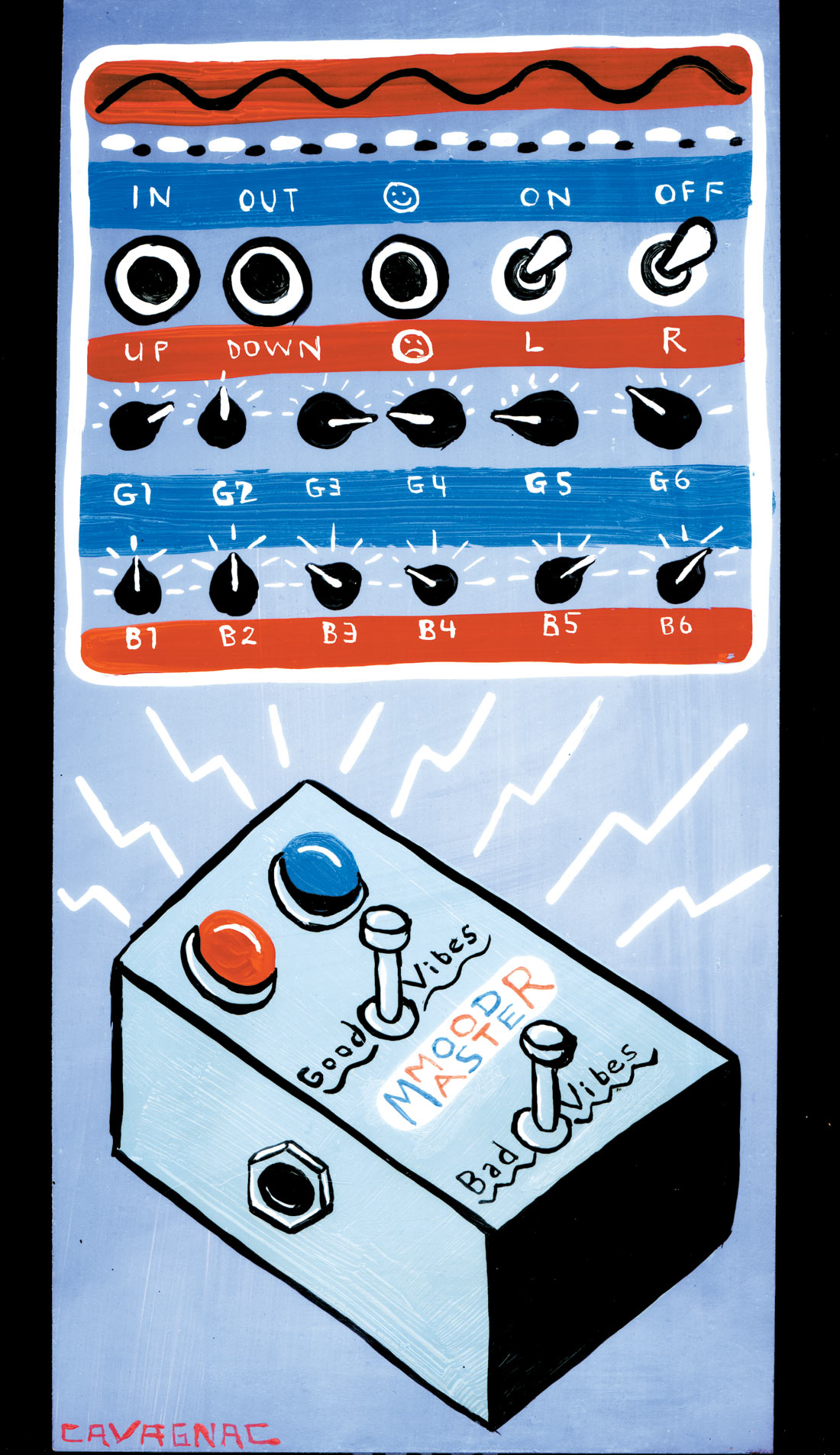I saw this sucker for the first time over a year ago at one of the annual gear conventions. I was immediately impressed with its utilitarian but attractive design. It seemed to have all the right controls and displays in all the right places, it was extremely portable, and the Sony reps were promising it would sound stellar. To my eyes, it reminded me of some of my favorite silver-face cassette decks from circa 1980 (see vintagecassette.com)... but updated with the look & feel of a Y2K-era Sony MD Walkman. I was recently given the opportunity to demo one for two months, and I was as impressed with it in real use as I was when I first saw it.
The PCM-D1 is a 96 kHz, 24-bit recorder with 4 GB of internal flash memory (expandable to 8 GB total with a Memory Stick PRO) with built-in X-Y stereo condenser mics. It's about the size of a long paperback book, and on its face is a pair of analog level meters along with an LCD info panel with high-resolution digital meters. The unit runs on four rechargeable AA batteries (included, as is a charger). A USB 2.0 port allows driverless transfer of audio files to WinXP and Mac systems. The instruction manual is not only thorough, but it goes to great lengths to describe the analog circuitry (Analog Devices AD797), the frequency response of the electret condenser mics at different polar positions, design and manufacturing criteria (ion-coated titanium body, analog and digital circuitry on separate boards, carbon pots, 100-micron tolerances). The same attention to detail carries over to many welcome but unexpected features. For example, the wrist strap also works as a strain relief for cables, the charger has independent circuits for each battery, and remaining recording time is always visible in transport mode.
But there are also a number of missed details. Nowhere in the manual does it state that the PCM-D1's file system timestamps its files with a clock that you must set at UTC minus 4 hrs, which is fine if your timezone is EDT; otherwise, you'll have to know how much to offset your local time for UTC -0400. The windscreen is hard to remove without crushing its foam. The PCM-D1's USB interface requires buss power, even when the recorder is powered from its included AC adapter; this means you can't connect it to a passive hub-like a keyboard. The 1/8'' mic input doesn't supply plug-in power, so some electret condenser mics (e.g., Sony ECM-DS70P) won't work with the PCM-D1. And this being a Sony product, I was quite surprised that Sony's trademarked Jog Dial is nowhere to be found in the PCM-D1's interface; instead, the FF and FR buttons do double-duty as transport and menu-scroll buttons.
Thankfully, none of these minor design flaws impacts the sound quality of the PCM-D1. Whether I used the line inputs or the built-in mics, my recordings sounded fantastic-the best I've ever made on a battery-powered device. Even at lower rates (I tried 44.1 kHz, 16-bit, SBM; but it will go down to 22.05 kHz), the recordings were awesome. And for most stereo recording, I prefer X-Y mic placement, so I was very happy with the stereo soundfield I could achieve with the built-in mics. (It'd be great if you could snap on an M-S head too, but that's what the stereo mic input is for.) I was also impressed with the PCM-D1's digital limiter. It works by recording the signal into a secondary parallel buffer at a level that's 20 dB below the main buffer's stored audio. If the signal going into the main buffer clips digitally, the clipped data is replaced with data from the secondary buffer, after it's been normalized. The limiter worked transparently on clipped transients.
Utilizing only the built-in 4 GB of memory, the PCM-D1 can record and store a total of 4 hrs 20 min of audio at 44.1 kHz, 24-bit, or 2 hrs at 96 kHz. That's enough to record a typical live performance (or church service), with some room to spare. If you need more recording time, just slot in a Memory Stick PRO. Each recorded WAV file is limited to 2 GB maximum length. If you exceed that limit while recording, the PCM-D1 automatically creates another file and continues recording into the new file, and you can join the files together with your DAW once you've sucked them off the recorder. Included with the recorder is DigiOnSound5 Express editing software, which even does sound to picture. So right out of the box, the PCM-D1 makes a great 2-track location recorder that's small enough to fit into the pockets of your cargo pants.
($1999.95 MSRP; www.sony.com/products)




_disp_horizontal_bw.jpg)